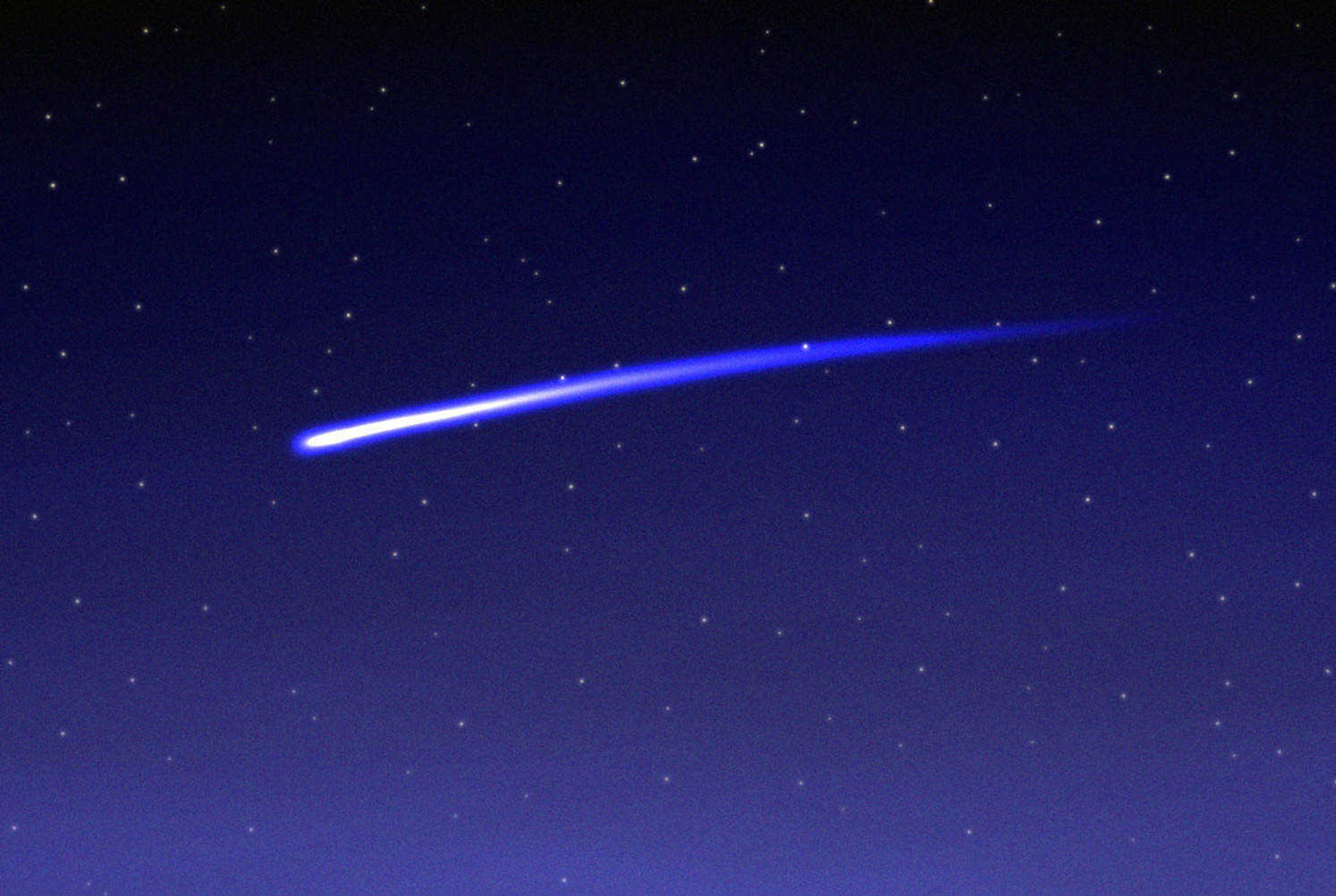Conditions this week should be ideal for watching meteor shower
The next few nights may yield an impressive light show for skywatchers, as the annual summer Perseids meteor shower hits its peak. Clear nights are forecast for the area through Sunday, according to the National Weather Service. Weather conditions and the current phase of the moon look to be coming together in perfect timing for the meteor shower's peak, which is expected to be early Thursday morning...
The next few nights may yield an impressive light show for skywatchers, as the annual summer Perseids meteor shower hits its peak.
Clear nights are forecast for the area through Sunday, according to the National Weather Service.
Weather conditions and the current phase of the moon look to be coming together in perfect timing for the meteor shower's peak, which is expected to be early Thursday morning.
The shower's peak coincides with a new moon, which hasn't happened since 2007.
"Frequently the moon washes out the view, but this year the moon is out of the way, and the skies should be very dark," said Dr. Michael Cobb, a physics professor at Southeast Missouri State University who teaches astronomy classes. "It's pegged as one of the better opportunities to see a meteor shower; you'll see maybe more than one a minute."
The Perseids shower is active from mid-July to late August. Its meteors are generated by Earth's passage through the debris path of a comet named Swift-Tuttle, as the comet travels in the inner solar system, according to NASA.
NASA calls the shower one of the year's best two to see, along with the Geminids shower in December. The meteors from the Perseids "feature fast and bright meteors that frequently leave trains," according to a meteor shower guide published by NASA.
"I've actually seen my shadow several times from the Perseids," Cobb said. "They tend to be really bright."
Astronomical forecasts call for anywhere from 50 to 100 meteors to be seen per hour during the shower's peak. The meteors will travel around 37 miles per second and originate in the northeastern sky.
The shower, according to NASA, is best seen with the naked eye after allowing vision to adjust to the dark for a half hour or more. Limiting light by watching in a rural area also is recommended.
eragan@semissourian.com
388-3632
Connect with the Southeast Missourian Newsroom:
For corrections to this story or other insights for the editor, click here. To submit a letter to the editor, click here. To learn about the Southeast Missourian’s AI Policy, click here.










